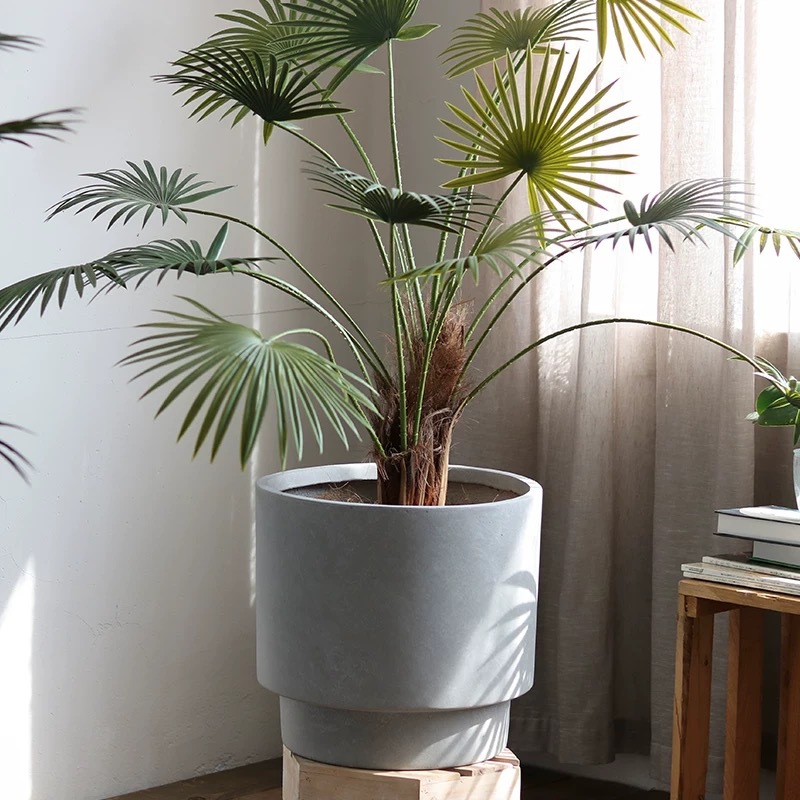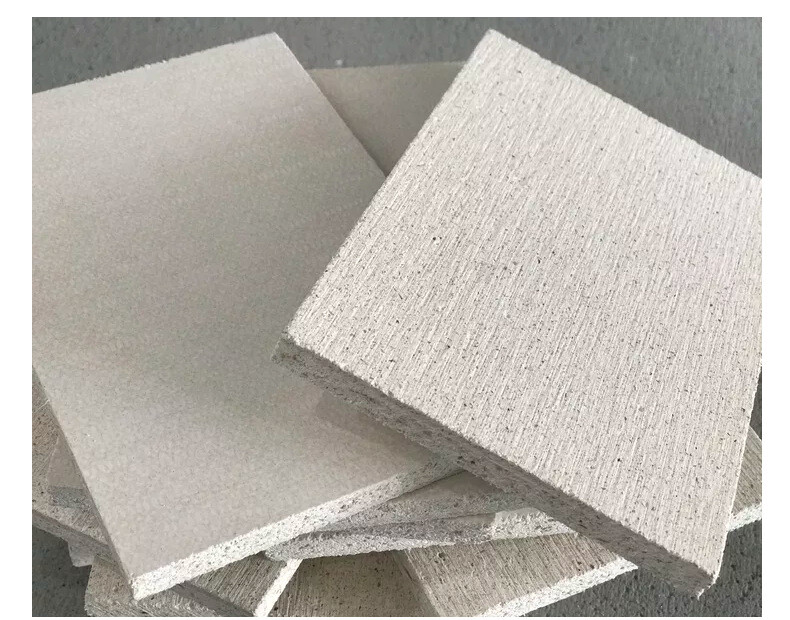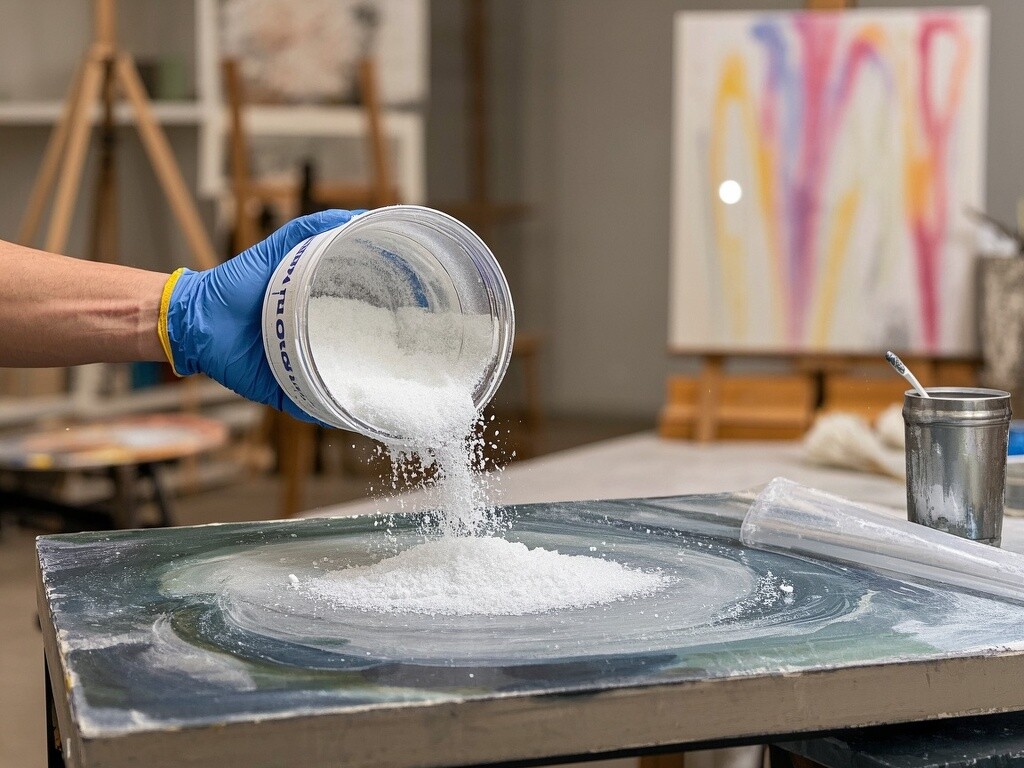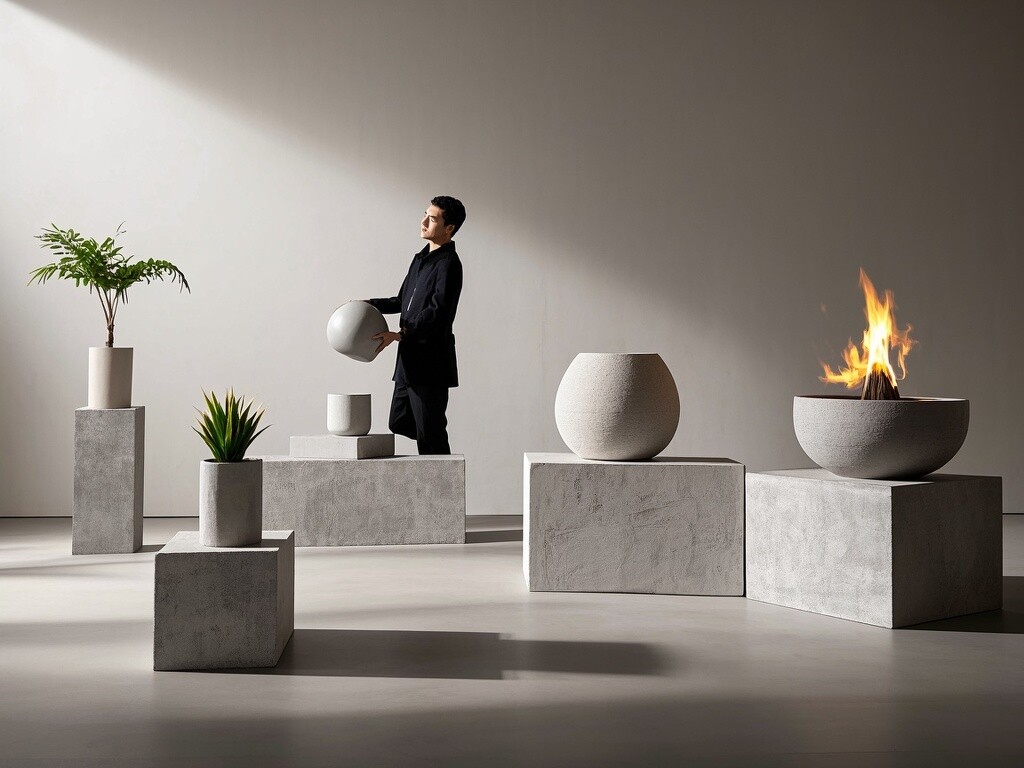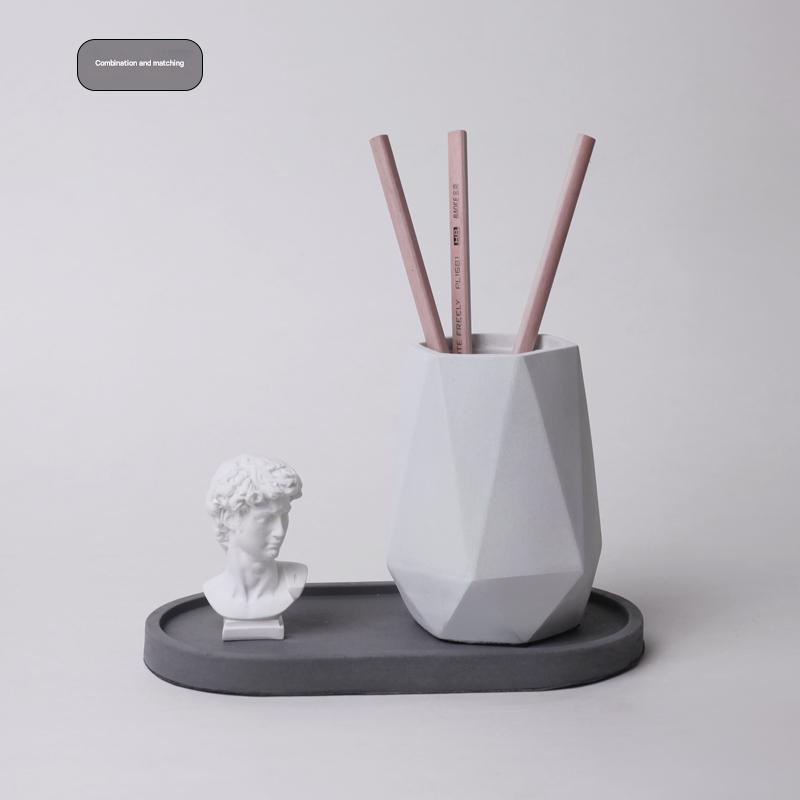The Science Behind Magnesium Oxide Cement’s High Plasticity
Magnesium oxide cement, primarily composed of magnesium oxide (MgO) and magnesium chloride (MgCl₂) or magnesium sulfate (MgSO₄) solutions, boasts a distinct crystalline structure during the hydration process. Unlike traditional Portland cement, its hydration products form a flexible, interlocking network that grants the material remarkable malleability. This high plasticity remains intact even when mixed with inert fillers, fibers, or aggregates, ensuring the final product retains both workability and structural integrity.
Manufacturers can adjust the plasticity by modifying the water-cement ratio, adding plasticizers, or incorporating different supplementary materials. This adaptability makes magnesium oxide cement an ideal base for diverse production needs, whether creating thin, lightweight panels or intricate, three-dimensional decorative pieces.
Versatile Blending: Compatibility with Multiple Materials
Key Applications: From Fireproof Boards to Artificial Decorations
1. Fireproof Boards
Leveraging its inherent fire resistance and high plasticity, magnesium oxide cement is a top choice for manufacturing fireproof boards. When mixed with fire-retardant fibers and fillers, it creates boards that can withstand high temperatures (often up to 1200°C) without releasing toxic fumes. These boards are widely used in commercial buildings, industrial facilities, and residential spaces as wall cladding, ceiling panels, and door cores. The high plasticity allows for precise cutting and shaping, ensuring easy installation and compatibility with various construction designs.

2. Artificial Wood Products
Magnesium oxide cement’s ability to mimic natural wood texture is made possible by its high plasticity. By blending with wood fibers, sawdust, and natural pigments, manufacturers can create artificial wood products (such as decking, railings, and furniture) that replicate the look and feel of real wood. Unlike natural wood, these products are resistant to rot, termites, and moisture, offering long-term durability in both indoor and outdoor environments. The plasticity also enables the creation of curved or carved designs that are difficult to achieve with solid wood.
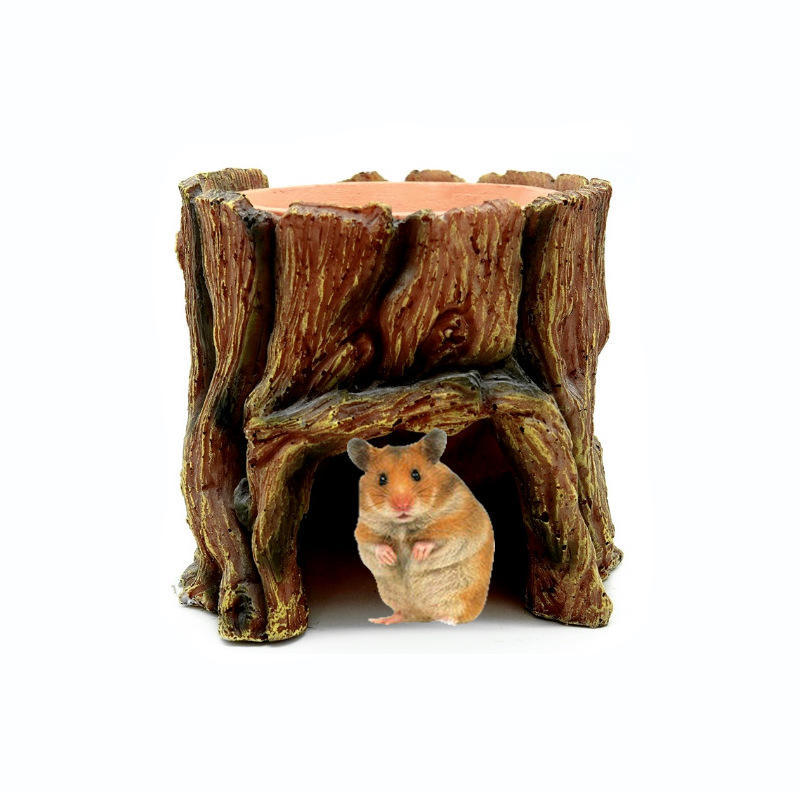
3. Artificial Stone Products
For artificial stone decorations (including countertops, wall tiles, and landscape rocks), magnesium oxide cement’s high plasticity shines. Mixed with stone aggregates, resin, and colorants, it can be cast into intricate molds to produce lifelike textures—from marble veining to rough granite surfaces. These artificial stone products are lighter than natural stone, easier to install, and more cost-effective, while maintaining excellent scratch and stain resistance. They are widely used in interior design, landscaping, and commercial spaces to achieve high-end aesthetics without the drawbacks of natural stone.
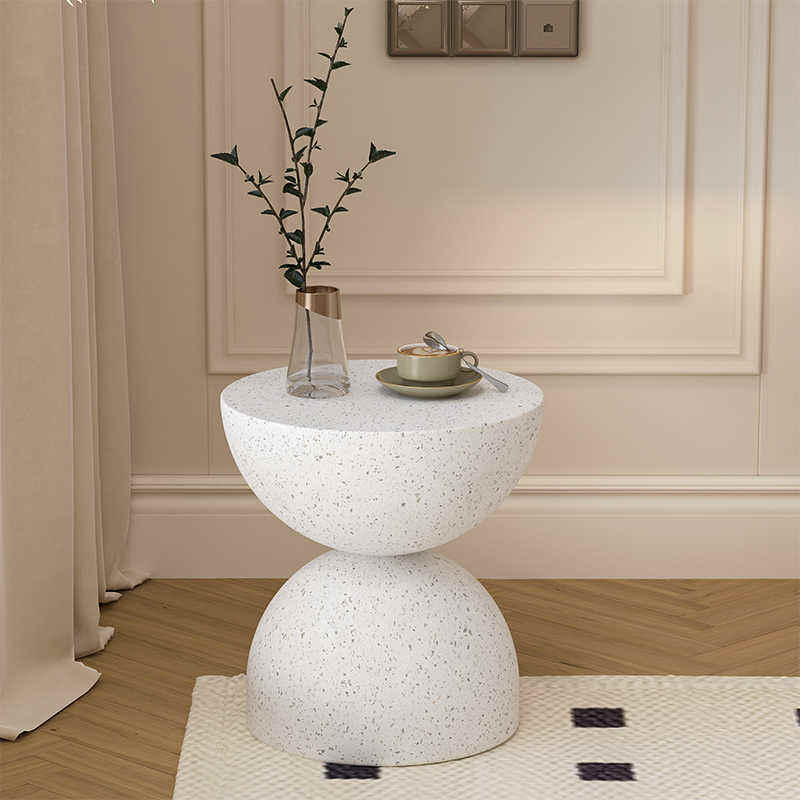
Why Choose Magnesium Oxide Cement for Customized Products?
Related knowledge forum

With over ten years of experience in the research and development of magnesia materials, we inject scientific and technological value and green connotations into your products with our full industry chain technology system and innovative solutions.
Get in Touch
Search from here……

